Planting and caring for lavender

When planting, you should keep in mind that lavender is a demanding plant and with proper care it will delight you with flowering next year. Therefore, it is important to place it along the curb, paths, or on an alpine hill. Moreover, if your climate zone is very cold, then it is better to plant lavender in a large flowerpot, which should be covered or transferred to a warm place when it gets cold.
Content:
- Planting lavender from cuttings
- Planting lavender seeds
- Reproduction by dividing the bush
- Watering Lavender
- Lavender pruning
- Fertilizer application
- Preparing for winter
Care consists of the following activities:
- loosening the soil;
- timely watering;
- pruning branches;
- feeding with fertilizers;
- high-quality preparation of plants for winter
Planting lavender from cuttings
Planting lavender cuttings quite simple: you just need to root them a few centimeters into moist soil, cover them with a special covering material until the weather warms up and water them regularly. If you plant plants far from each other, the bushes will definitely be lush, because there is plenty of space for their development. And to obtain a dense green hedge, cuttings can be planted closer.
Planting lavender seeds
Lavender can also be planted from seeds, but this is a much more labor-intensive process.
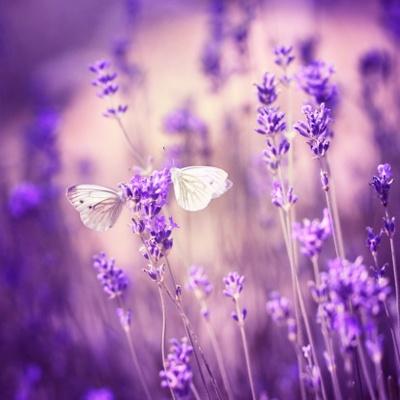
At first, it is recommended to keep the seeds at a very low temperature: to do this, they can be placed in the refrigerator for a month and a half. This procedure is called stratification. And then plant the seeds for seedlings in boxes with soil.In order for the plant to germinate, it needs light and a temperature of 15 to 21 degrees Celsius. After the seedlings sprout, they need to be planted at a distance of five centimeters from each other. And after this they are planted in a permanent place in the garden when it becomes warm - around May. With this method, the plant needs time to develop in the first year, so flowering should not be expected. In addition, the plant needs strength in order to develop the root system. But next year or two, the developed plant will definitely bloom.
Reproduction by dividing the bush
This method of planting is also possible if lavender bushes already exist on the site. In summer, lavender produces abundant growth, which can be rooted as follows: first, the plant is pruned and covered with earth so that all the space between the stems is filled. By autumn, the bush should be dug up and divided. Propagation by layering involves carefully bending several shoots to the side and sprinkling them with a large amount of soil, which needs to be watered. When the shoot can live independently, it can be separated from the original bush.
Watering Lavender
A special regime must be observed:
The soil should not be allowed to become too dry, but lavender should not be filled with water either, since its roots are very sensitive to dampness and may die.
It is best to water the soil as soon as it starts to dry out.
Lavender pruning
Trimming You can also solve the problem of forming beautiful and even bushes. The fact is that although the plant grows more or less uniformly, sometimes it is still necessary to remove shoots that are too long and stand out from the general mass.The first pruning should be done when it is still warm, but the inflorescences have already withered. You can simply remove them.
Fertilizer application
For abundant flowering, mineral complexes as fertilizers are very important. As soon as the lavender blooms, they can already be added.
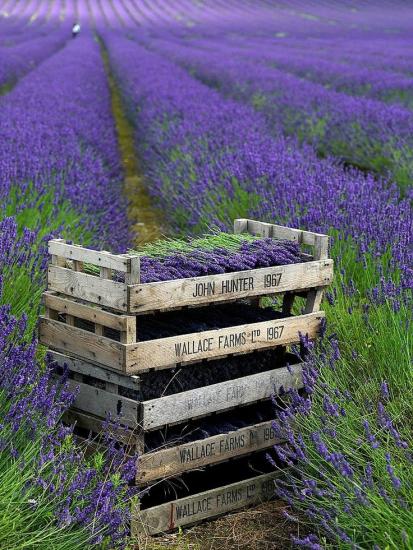
All mineral fertilizers are very concentrated, so they are diluted in water. So, 2-2.5 spoons of fertilizer will be enough for one bucket of water. You will need to water the bushes with this mixture. Also required are nitrogen fertilizers, which are responsible for the rapid growth of vegetation. But still, you should be careful with nitrogen and also organic fertilizers such as manure, because they cause rapid growth of foliage, and not the flowers themselves. You should know that lavender is a very light-loving plant, so if there is sun oil in the area where it is planted, it simply will not bloom.
Preparing for winter
As for wintering, you should know that lavender will tolerate a winter with little snow much worse than a large amount of precipitation. Therefore, you need to think about a reliable shelter for the plant. Especially if the temperature thermometer drops below - 20 degrees Celsius. Under covering material You can lay a layer of spruce branches on top of the lavender - this will promote warmth. In warm areas, lavender does not need to be covered for the winter.
Lavender is an unusually attractive plant with silvery leaves and pink to purple flowers. There are also varieties with white flowers. This plant, planted along the paths in a summer cottage, will not leave anyone indifferent.
Its advantages also include the amazing and exquisite aroma that lavender exudes during flowering.




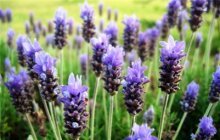
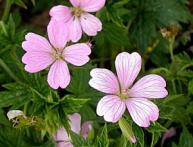

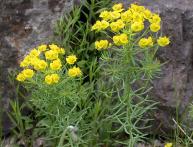
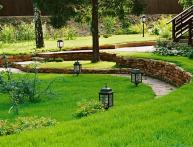

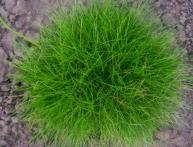
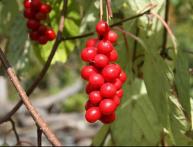
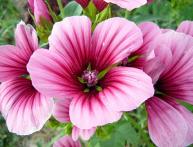
Comments
I didn’t think that it was really possible to grow lavender in the country. I'll have to try it.Moreover, all efforts will pay off with such beauty and gorgeous aroma.
I have been trying to grow lavender at my dacha for several years, unfortunately the bushes do not tolerate wintering and have to be replanted every year.
I planted it this year and it’s blooming now. I don’t know how it will survive the winter
I’ve always really loved the smell of lavender, but for some reason I just can’t grow it, even at home in a pot, in good, one might say greenhouse, conditions! Trying is not torture, I will try again.
Probably, in areas with “risky farming” it is really difficult to grow lavender. I haven’t tried it myself, though. But among relatives in the Kursk region, lavender grows on its own plot, not only without any care, but also vice versa - they sometimes even pull it out like a weed. And after that she grows even better)
When I saw these lavender fields in France, I’ll be honest, I fell in love! Later I tried to plant lavender in my own area, but, unfortunately, it never really bloomed. I'll try to take these recommendations into account, but will it help?
I will say this is what you need for a summer house, especially for forming a so-called “hill of plants.” It looks very impressive. In addition, the aroma that lavender gives will not leave anyone indifferent.